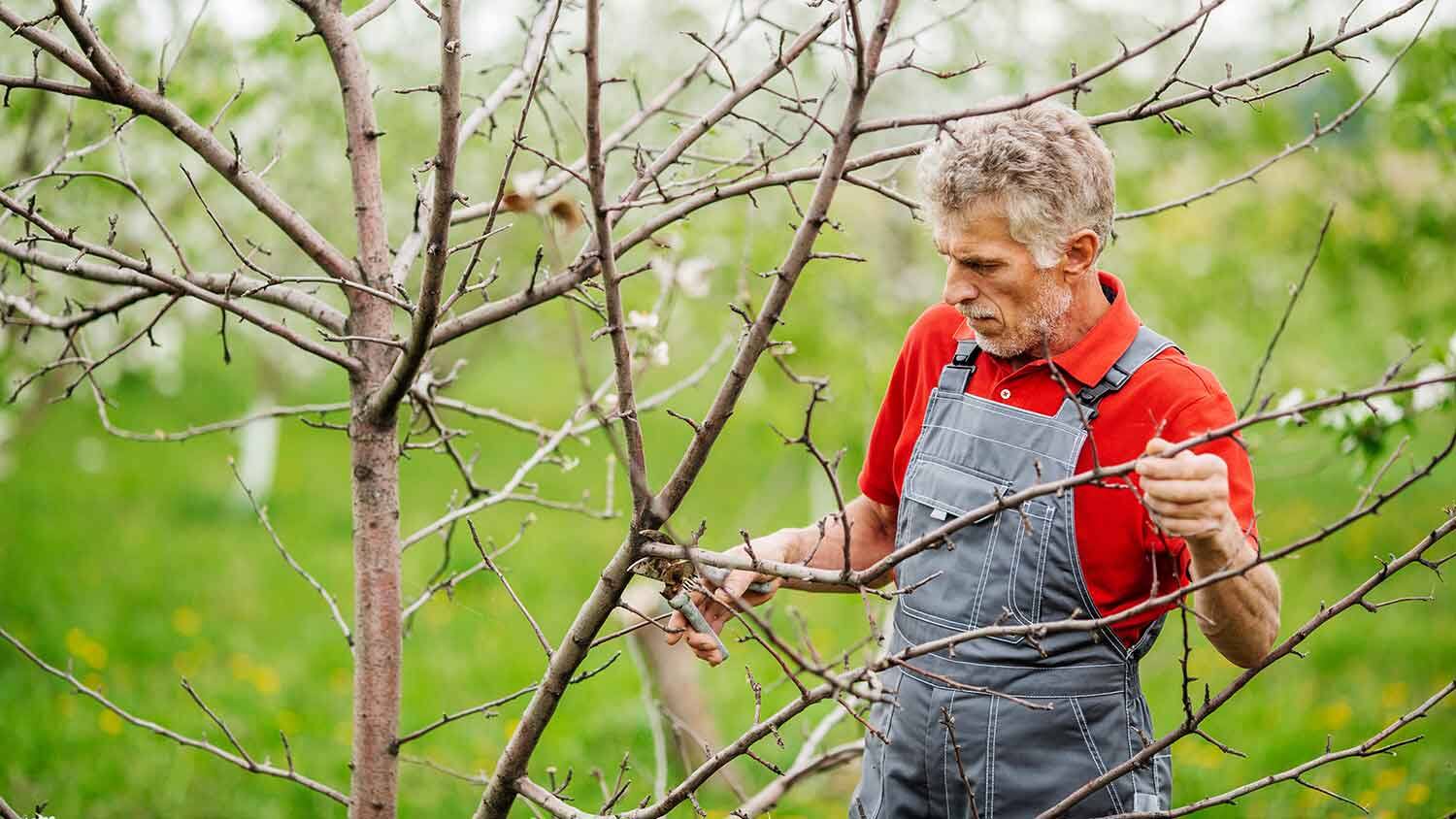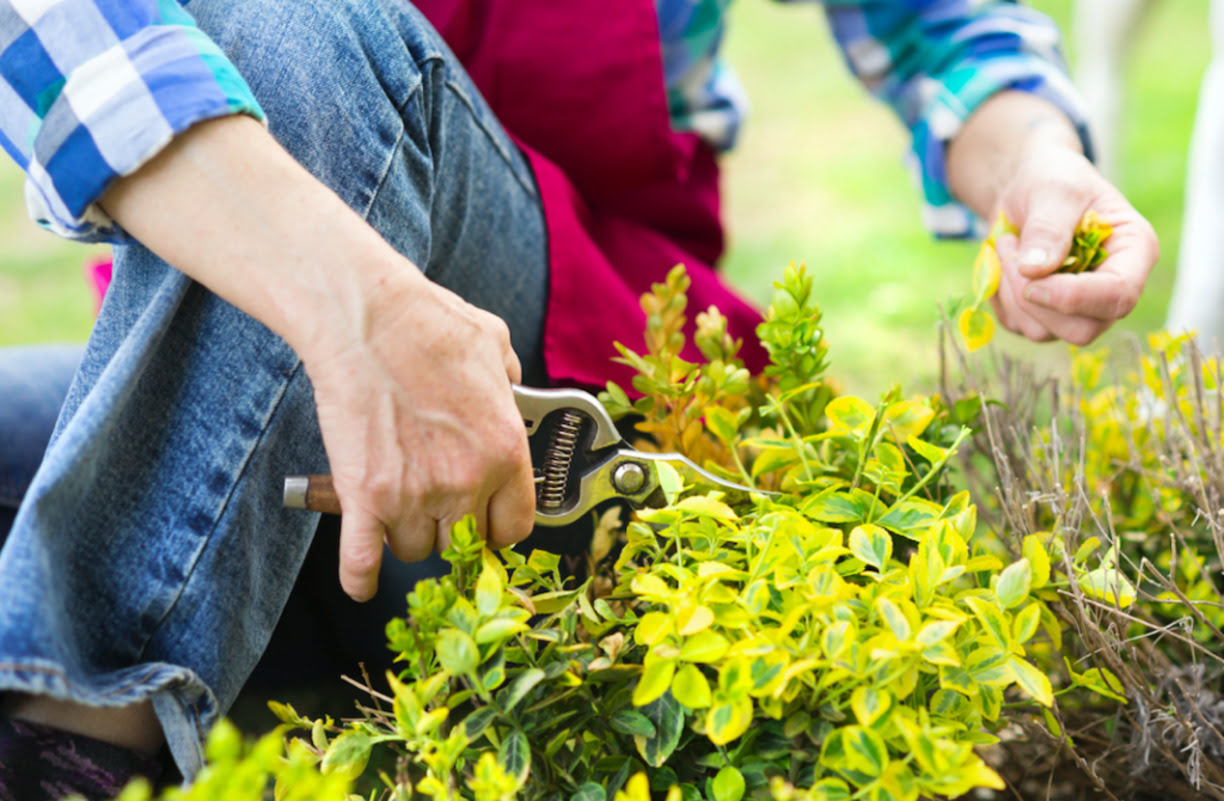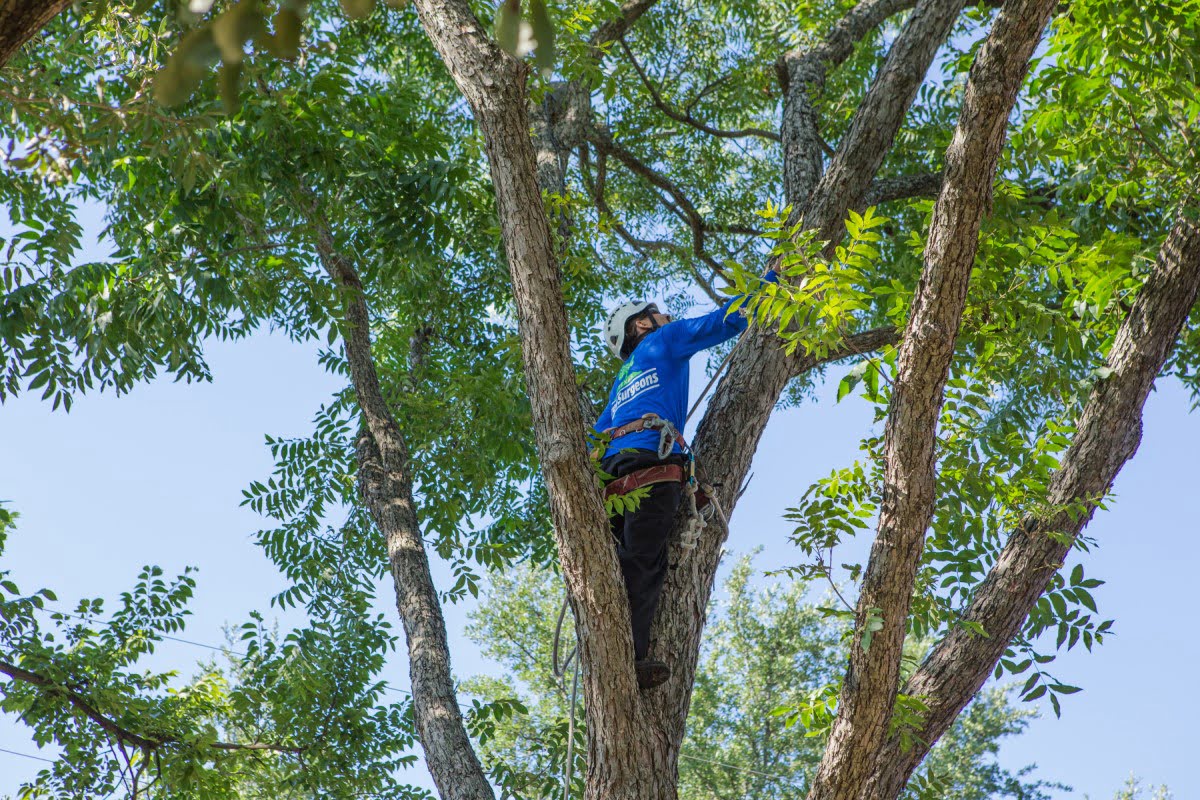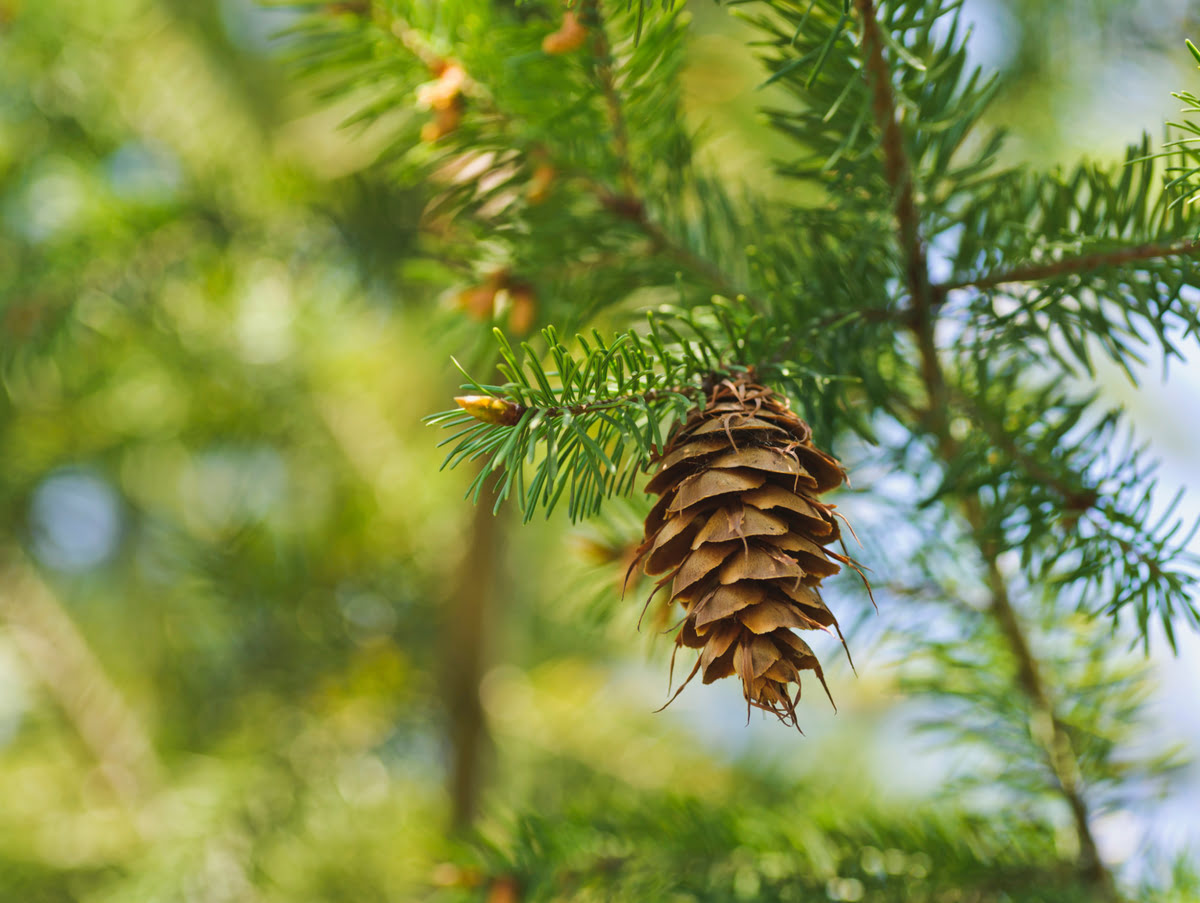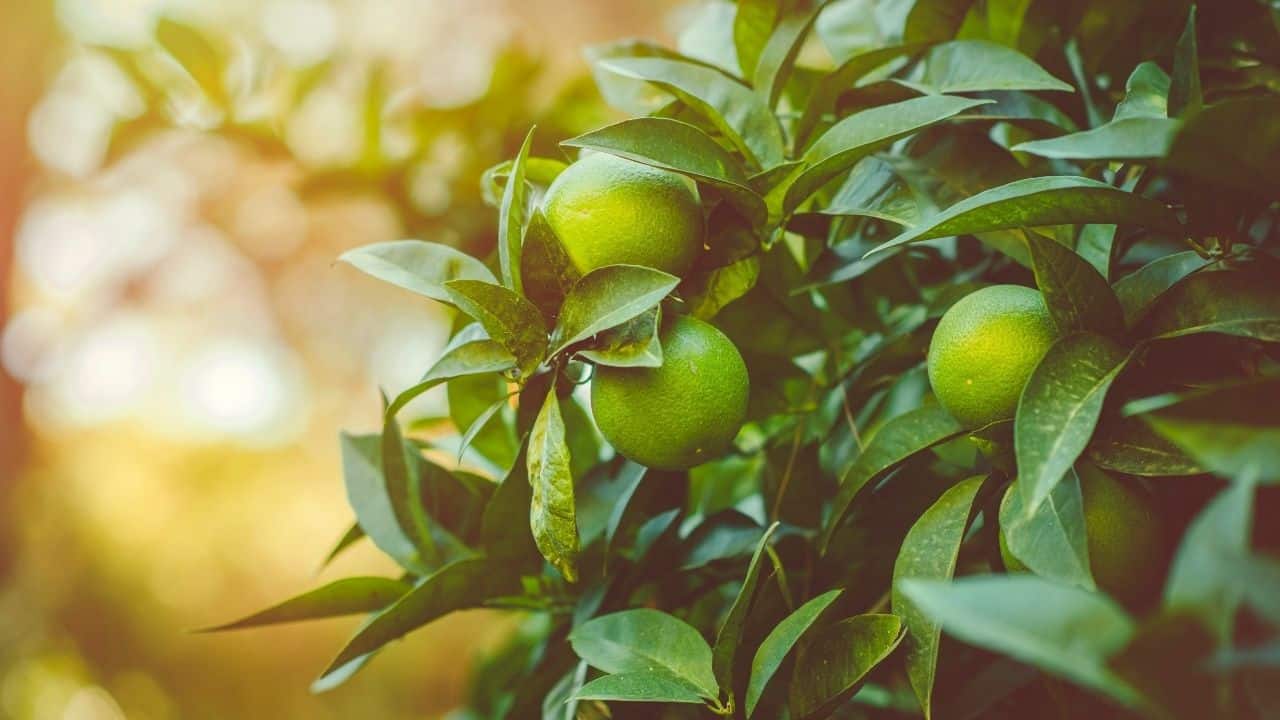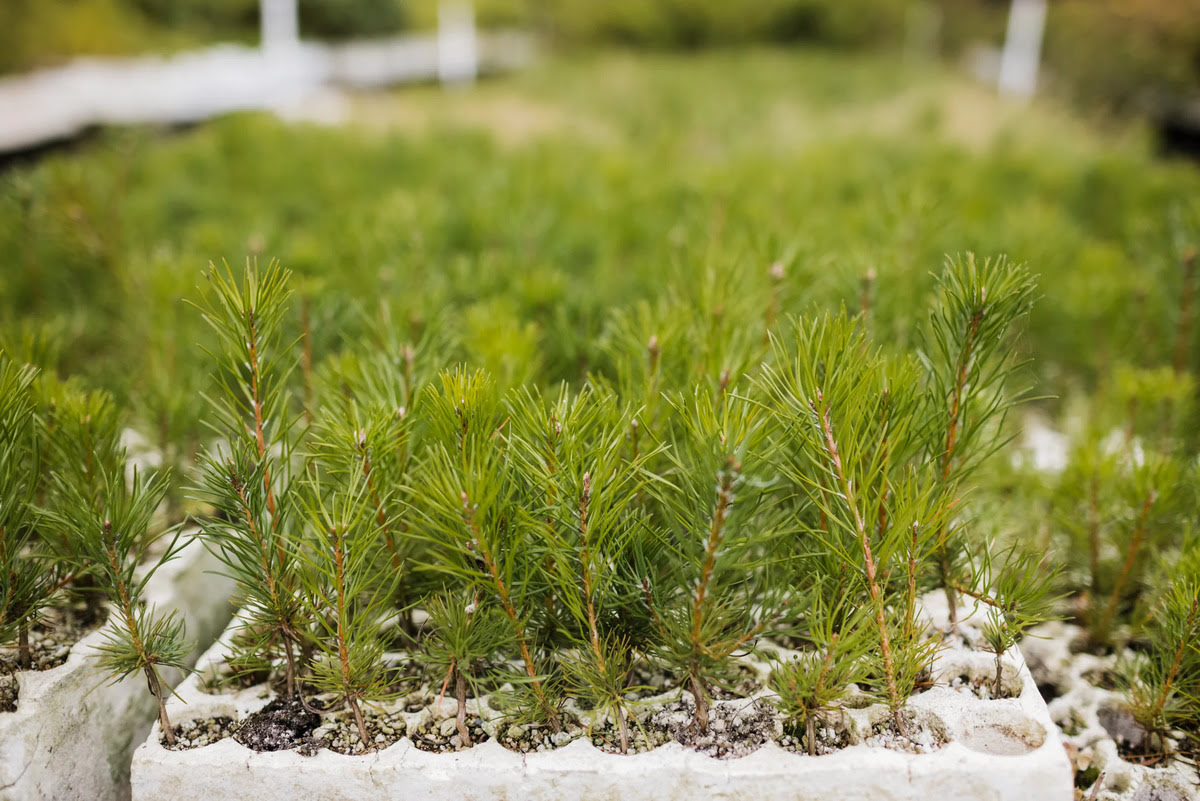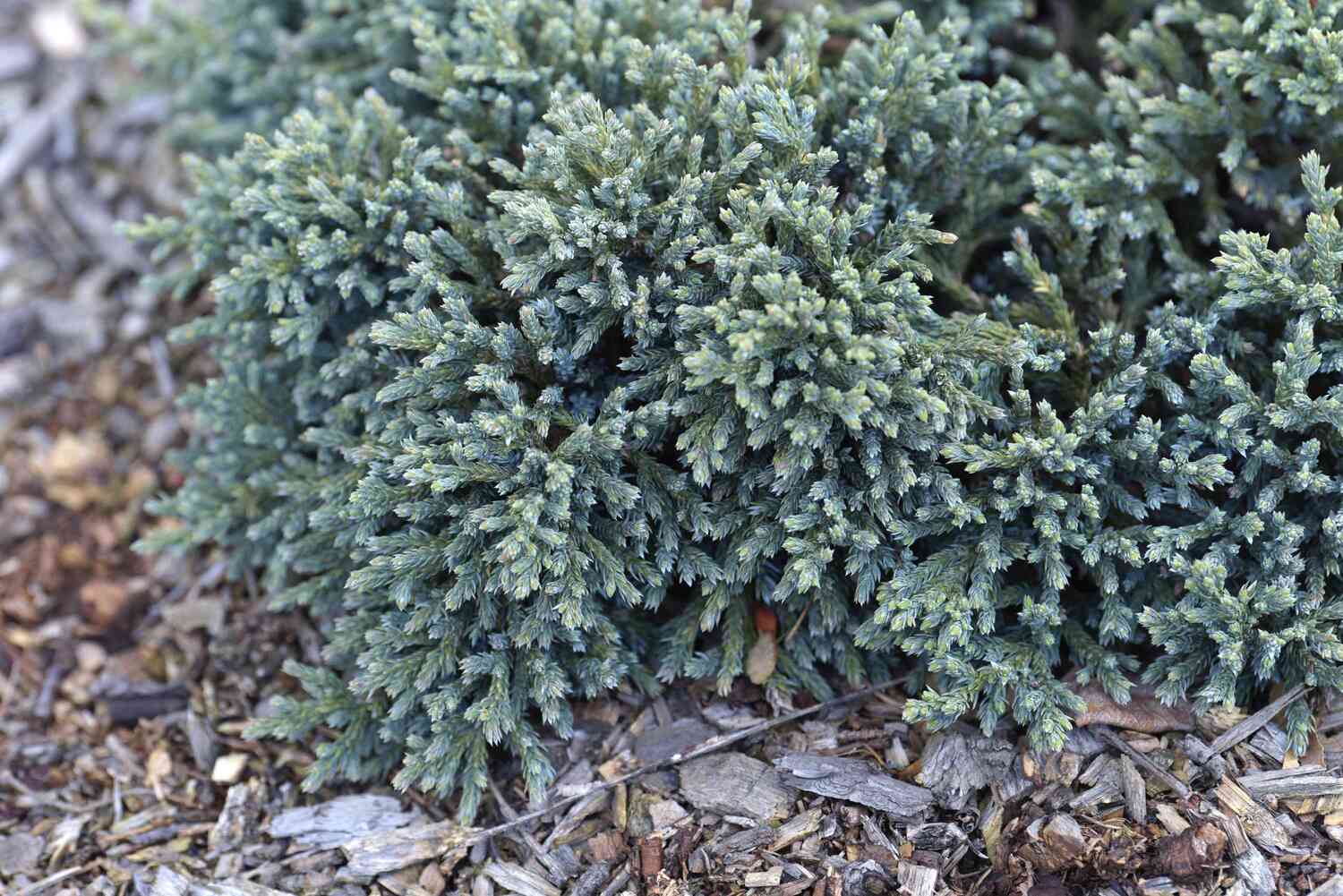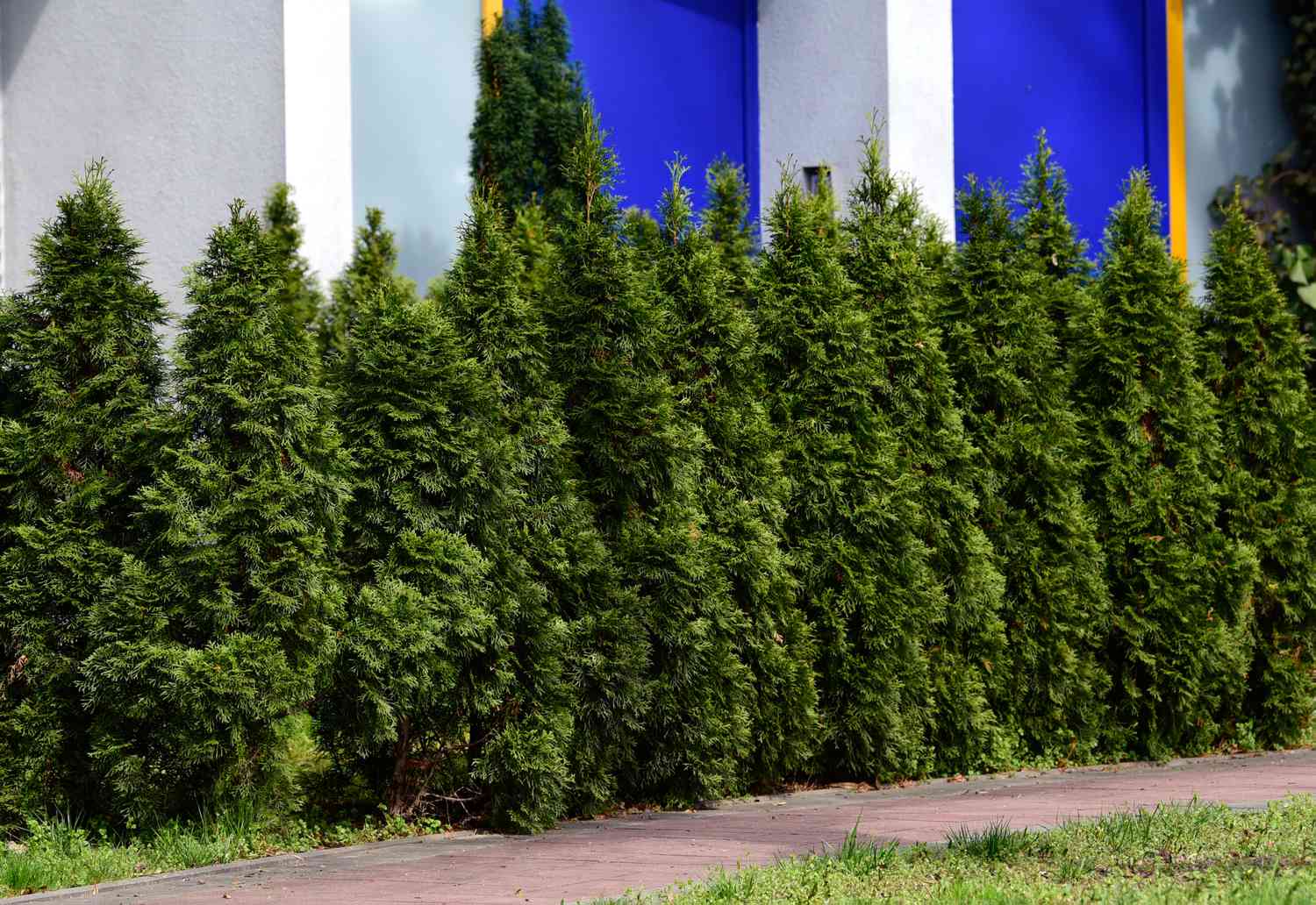Home>Gardening Techniques>Plant Care>When To Trim Pine Trees
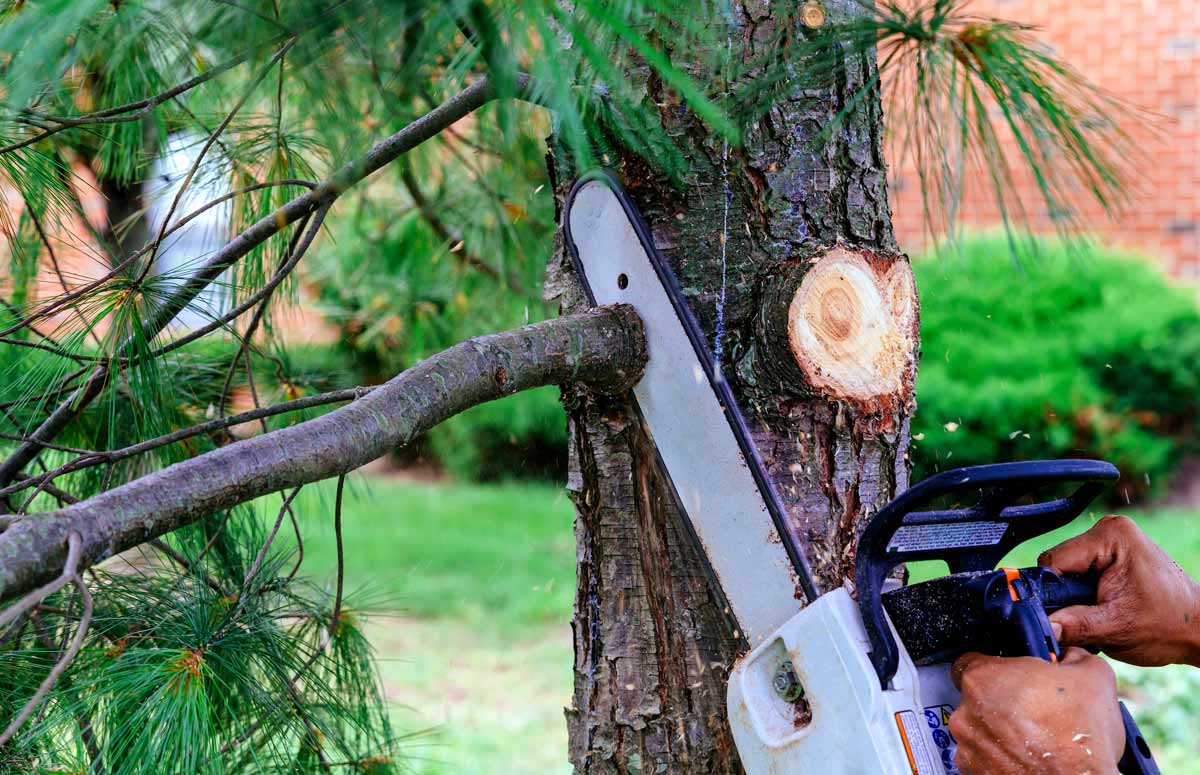

Plant Care
When To Trim Pine Trees
Modified: January 22, 2024
Looking for plant care tips? Learn when to trim pine trees and keep your plants healthy with our expert advice.
(Many of the links in this article redirect to a specific reviewed product. Your purchase of these products through affiliate links helps to generate commission for Chicagolandgardening.com, at no extra cost. Learn more)
Table of Contents
Introduction
Welcome to the world of plant care! Taking care of plants is not only a rewarding hobby but also a great way to enhance the beauty of your indoor and outdoor spaces. Among the various types of plants, pine trees hold a special place with their majestic stature and timeless appeal. However, just like any living organism, pine trees require regular maintenance, including trimming, to thrive and remain healthy.
Trimming pine trees is a crucial part of plant care as it not only helps to maintain their shape and appearance but also promotes their overall growth and longevity. However, knowing when to trim your pine trees can be challenging, as timing plays a vital role in ensuring their well-being. In this article, we will explore the factors to consider before trimming pine trees, the signs that indicate when trimming is necessary, the best time of year to trim, proper techniques for trimming, safety precautions to follow, and the aftercare required for trimmed pine trees.
Trimming pine trees is not just a matter of aesthetics; it also plays a significant role in the health of the tree. By removing dead or diseased branches, you can prevent the spread of infection and infestation to other parts of the tree. Additionally, proper trimming techniques help to improve air circulation and allow more sunlight to reach the inner branches, enhancing the tree’s overall vitality and growth.
Now, let’s delve into the details and explore the factors to consider before undertaking the task of trimming your pine trees.
Factors to Consider Before Trimming Pine Trees
Before grabbing your pruning shears and starting to trim your pine trees, there are several important factors to consider. These factors will help you make informed decisions and ensure the health and well-being of your trees:
- Tree Health: Assess the overall health of your pine trees before trimming. Avoid trimming trees that are already stressed, diseased, or weakened, as it can further compromise their health. Instead, focus on providing proper care to restore their vitality before undertaking any trimming.
- Growth Stage: Understanding the growth stage of your pine trees is crucial for effective trimming. Young pine trees require different pruning techniques from mature ones. Familiarize yourself with the specific characteristics and growth patterns of your particular pine tree species.
- Goals and Desired Shape: Determine your goals and desired shape for your pine trees. Are you aiming for a natural, untrimmed look, or do you prefer a more manicured and symmetrical appearance? Identifying your goals will help guide your trimming decisions.
- Environmental Factors: Consider the climate and weather conditions in your area before trimming. Extreme heat or cold, strong winds, or heavy rainfall can impact the health of freshly trimmed trees. Choose a time when the weather is mild and stable for the best results.
- Local Regulations: Check for any local regulations or restrictions that pertain to tree trimming in your area. Some municipalities may have specific guidelines regarding trimming practices or protected tree species. Verify if you need permission or assistance from professionals to ensure compliance.
By taking these factors into account, you will be better equipped to make informed decisions about whether, when, and how to trim your pine trees. Remember, the goal is to promote the health and aesthetics of your trees while minimizing any potential harm.
Signs that Indicate Pine Tree Trimming is Necessary
Knowing when your pine trees require trimming is essential to maintain their health and appearance. Here are some telltale signs that indicate pine tree trimming is necessary:
- Branches Touching Structures: If the branches of your pine trees are touching power lines, buildings, or other structures, it’s a clear sign that trimming is needed. Over time, the rubbing and contact can cause damage to both the tree and the structure.
- Diseased or Dead Branches: Pines can develop dead or diseased branches, which can be dangerous if left unaddressed. Look for branches that have turned brown, developed fungal growth, or show signs of decay. Removing these branches promptly can prevent the spread of disease and safeguard the overall tree health.
- Overcrowded Branches and Canopy: If the branches in the upper canopy of your pine tree are overcrowded, it can hinder air circulation and sunlight penetration. This can result in poor growth and increased risk of disease. Thinning the canopy by removing some branches ensures proper airflow and light distribution.
- Structural Imbalances: Assess the overall structure of your pine tree. If you notice any branches that are considerably larger or longer than others, it may indicate an imbalance that requires attention. Trimming these overgrown branches will help maintain the structural integrity and prevent the risk of branch failure.
- Hazardous Branches: Keep an eye out for branches that are hanging low, crossing paths, or posing a potential danger to people, vehicles, or property. These hazardous branches should be pruned to prevent accidents and property damage.
Regularly inspecting your pine trees for these signs will enable you to identify when trimming is necessary. It’s important to address these issues promptly to maintain the health and safety of your trees, as well as preserve their aesthetic appeal.
Best Time of Year to Trim Pine Trees
Timing is critical when it comes to trimming pine trees. Choosing the right time of year ensures optimal growth and minimizes the risk of damage to your trees. The best time to trim pine trees is typically during the dormant season, which can vary depending on your location and climate. Here are some guidelines to help determine the ideal time for pine tree trimming:
- Early Spring: The early spring months, just before the new growth starts, are generally a good time to trim pine trees. This allows the trees to recover and heal before the active growing season begins. Trimming during this time helps stimulate healthy growth and improves the overall appearance of the tree.
- Late Fall: Late fall, after the growing season has ended, is another suitable time for pine tree trimming. This period offers several advantages, such as reduced sap flow, decreased risk of disease transmission, and no interference with nesting birds. Trimming in late fall also helps shape the tree before winter sets in.
- Dormant Winter Period: In areas with mild winters, the dormant winter period can be ideal for pine tree trimming. This is a time when the tree is in a state of dormancy, and there is minimal growth. It is essential to avoid trimming when temperatures are extremely cold or during periods of heavy frost to prevent damage.
It’s important to note that some types of pine trees, such as White Pines (Pinus strobus) and Pinyon Pines (Pinus edulis), have a more sensitive nature and should be trimmed in early spring to minimize stress and potential damage.
Always consider local climate conditions and specific tree species when determining the best time for pine tree trimming. If you are uncertain, consult with a certified arborist who can provide expert advice tailored to your specific situation. Remember to avoid trimming during periods of extreme weather, as it can impact the health and recovery of your pine trees.
Proper Techniques for Trimming Pine Trees
Trimming pine trees requires proper techniques to ensure the health and longevity of the tree. Here are some essential guidelines to follow when trimming your pine trees:
- Use Clean and Sharp Tools: Before starting, make sure your pruning tools, such as pruning shears or loppers, are clean and sharp. Dull or dirty tools can cause unnecessary damage and introduce infections. Disinfect your tools with a mixture of one part bleach to nine parts water to prevent the spread of disease.
- Remove Dead and Diseased Branches: Start by identifying and removing any dead or diseased branches. Make clean cuts just outside the branch collar (swollen area where the branch attaches to the trunk) to facilitate proper healing.
- Thin Out Overcrowded Branches: Thin out the branches in the upper canopy of the pine tree to improve airflow and light penetration. Remove branches that are crossing or rubbing against each other, aiming for an open and balanced canopy.
- Avoid Topping or Lion’s Tailing: Avoid the practice of topping, which involves removing the entire upper portion of the tree, as it can harm the overall structure and health of the pine tree. Similarly, refrain from lion’s tailing, which involves removing most of the inner foliage, as it can lead to sunscald and stress the tree.
- Prune for Desired Shape: Trim the branches to achieve your desired shape while maintaining the natural form of the pine tree. Remove any low-hanging branches or branches that disrupt the overall aesthetics of the tree.
- Make Proper Cuts: When making cuts, avoid leaving stubs or flush cuts. Instead, make clean cuts just outside the branch collar, at a slight angle. This helps promote proper healing and prevents excessive sap flow.
It’s advisable to consult with a certified arborist if you are unsure about the proper trimming techniques for your specific pine tree species. They can provide expert guidance and ensure that the trimming process is performed correctly, maximizing the health and beauty of your pine trees.
Safety Precautions When Trimming Pine Trees
Trimming pine trees can be a rewarding task, but it’s important to prioritize safety to prevent accidents and injuries. Here are some essential safety precautions to follow when trimming pine trees:
- Assess the Area: Before starting, carefully assess the area around the tree. Identify any potential hazards, such as power lines, uneven ground, or obstacles. Clear the area of any debris or objects that may interfere with your work or pose a safety risk.
- Wear Protective Gear: Prioritize your safety by wearing appropriate protective gear. This includes safety glasses to protect your eyes from debris, gloves to provide a secure grip and protect your hands, and a hard hat to guard against falling branches.
- Use a Stable Ladder or Equipment: If you need to climb to reach higher branches, use a sturdy and stable ladder or equipment designed for tree trimming. Ensure it is properly secured and positioned on level ground to prevent falls.
- Keep a Safe Distance from Power Lines: Always be cautious of power lines when trimming trees. Maintain a safe distance to avoid the risk of electrocution. If you need to trim branches near power lines, contact your utility company to handle the task safely.
- Use Proper Techniques: Follow proper trimming techniques, as discussed earlier, to avoid unnecessary injuries. Do not overreach or make cuts above your shoulder height. Take breaks regularly to avoid fatigue and maintain focus on the task.
- Do Not Work Alone: It’s advisable to have someone else present when trimming pine trees. They can provide assistance, keep an eye out for potential hazards, and offer help in case of an emergency.
- Be Aware of Falling Branches: Falling branches can pose a significant risk during tree trimming. Pay attention to your surroundings and be prepared to move quickly if a branch begins to fall. Always keep a safe distance from the falling zone.
Prioritizing safety during the entire trimming process is crucial. If you are unsure about the task or if it involves large or high branches, it’s best to consult with a professional arborist who has the expertise and equipment to handle the job safely.
Aftercare for Trimmed Pine Trees
After trimming your pine trees, providing proper aftercare is essential to ensure their recovery and continued health. Here are some important aftercare practices to follow:
- Watering: Adequate watering is crucial in the initial stages after trimming. Provide sufficient water to the tree to help it recover from the stress of pruning. Water deeply and evenly, ensuring the soil around the tree’s base is moist.
- Mulching: Apply a layer of organic mulch around the base of the tree, leaving a gap around the trunk to prevent moisture buildup. Mulching helps retain moisture, suppresses weed growth, and insulates the roots from extreme temperatures.
- Monitor for Diseases and Pests: Keep a close eye on your trimmed pine trees for any signs of diseases or pests. Promptly address any issues that arise to prevent them from spreading or causing further damage.
- Fertilization: Consider fertilizing your pine trees after trimming to promote healthy growth. Choose a slow-release fertilizer specifically formulated for evergreen trees and follow the recommended application guidelines.
- Pruning Wounds: Avoid applying any wound dressings or sealants to pruning cuts. Research has shown that allowing natural healing is more effective. The tree will naturally compartmentalize the wound and form callus tissue to protect and heal the area.
- Regular Inspections: Continue to inspect your pine trees regularly after trimming. Look for any new signs of disease or pests, as well as any potential issues with branch structure or growth.
- Patience: It’s important to have patience after trimming your pine trees. It may take some time for the trees to recover and regrow. Be patient and allow them the necessary time to heal and adjust.
Remember that each pine tree is unique, and the aftercare practices may vary depending on the specific tree species and local conditions. If you have any concerns or questions, consult with a certified arborist who can provide guidance tailored to your particular situation.
Conclusion
Trimming pine trees is a vital aspect of plant care that promotes the health, aesthetics, and longevity of these magnificent trees. By considering the factors discussed before trimming, such as tree health, growth stage, goals, and environmental factors, you can make informed decisions and ensure the best outcome for your pine trees.
Recognizing the signs that indicate trimming is necessary, such as branches touching structures, diseased or dead branches, overcrowded canopies, structural imbalances, and hazardous branches, allows you to address these issues promptly and protect the overall health of the tree.
The best time to trim pine trees is during the dormant season, typically in early spring or late fall, when the tree is less active and healing is optimal. Following proper techniques, like using clean and sharp tools, removing dead and diseased branches, thinning overcrowded branches, and making precise cuts, ensures healthy growth and structural integrity.
While trimming pine trees, it is crucial to prioritize safety by assessing the area, wearing the appropriate protective gear, using stable equipment, maintaining a safe distance from power lines, and working with a partner. Aftercare practices, such as watering, mulching, monitoring for diseases and pests, fertilization, regular inspections, and patience, are essential for the tree’s recovery and continued health.
As you embark on your journey of caring for pine trees, remember to consult with a certified arborist if you have any doubts or concerns. They possess the knowledge and expertise to guide you through the process and ensure the best care for your precious pine trees.
With proper trimming and care, your pine trees will thrive, adding beauty and value to your environment for years to come.
